Prepare for a new season and make the most of the rest of summer
You should have received an email from us about how to save 5% on seeding this fall. Didn’t receive it but want to? Contact us and we’ll be sure to send it.
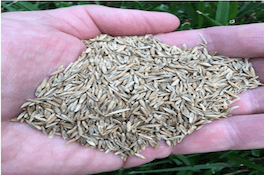
The email will have a link (“Reserve Now!”) at the bottom that will take you to the customer portal to add this service to your account. This will automatically apply the 5% discount (no code required). Please let us know if you prefer September or October or have any additional comments in the comment box when booking by email. We will contact you by email one to two weeks prior to your seeding date (we start core aeration seeding the last week of August to about the second week of October).
Note: Please be patient for a reply if you reserve seeding. Call and email volumes are very high when we provide this early booking special offer and this causes us delays.
Fescue should be seeded in the fall to offer the best chance for it to grow and develop without damage and injury. Diseases like brown patch fungus, dollar spot and pythium can be devastating at other times of the year. Extended dry periods, along with heat, make for a damaging combination, too. In fact, when the ground temperatures reach the mid-80s to the low-90s, fescue root systems stop developing.
Fairway Green utilizes its own custom turf-type tall fescue mixture, “Southern Perfection.” It’s handpicked from high-performing varieties that are disease-resistant, heat/drought tolerant and of quality color and texture. It’s specially mixed for use in this part of the country, has 0% weed and 0% other crop contamination and is WaterStar® qualified through the Turfgrass Water Conservation Alliance (TWCA).


Aphids are soft-bodied insects that use their mouths to feed on plant sap. They usually occur in colonies on the undersides of tender growth. Heavily-infested leaves can wilt or turn yellow because of excessive sap removal. While crepe myrtles can look bad as a result of their feeding, aphids will generally not directly harm healthy, established crepe myrtles. They can indirectly, though.
Aphids produce large amounts of a sticky liquid waste called “honeydew.” A fungus called sooty mold can grow on honeydew deposits that accumulate on leaves and branches, turning them black. The appearance of sooty mold may be the first time that an aphid infestation is noticed. The drops can even attract other insects such as ants that feed on the sticky deposits.
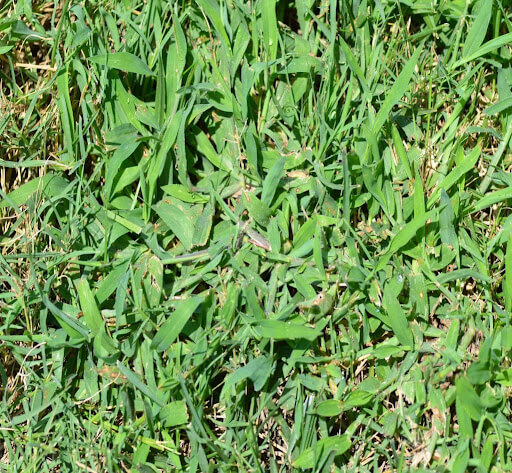
It is not uncommon to have some crabgrass germinating in the lawn around the end of July through August. This is because any pre-emergent applied earlier in the year will start to degrade and break down. This is necessary, especially in fescue lawns, since seeding needs to take place between the end of August to mid-October.
Generally, crabgrass will germinate in areas with thin turf, along roadways and other hard surfaces, and in high lawn spots. Pre-emergent crabgrass control also helps control broadleaf weed germination.
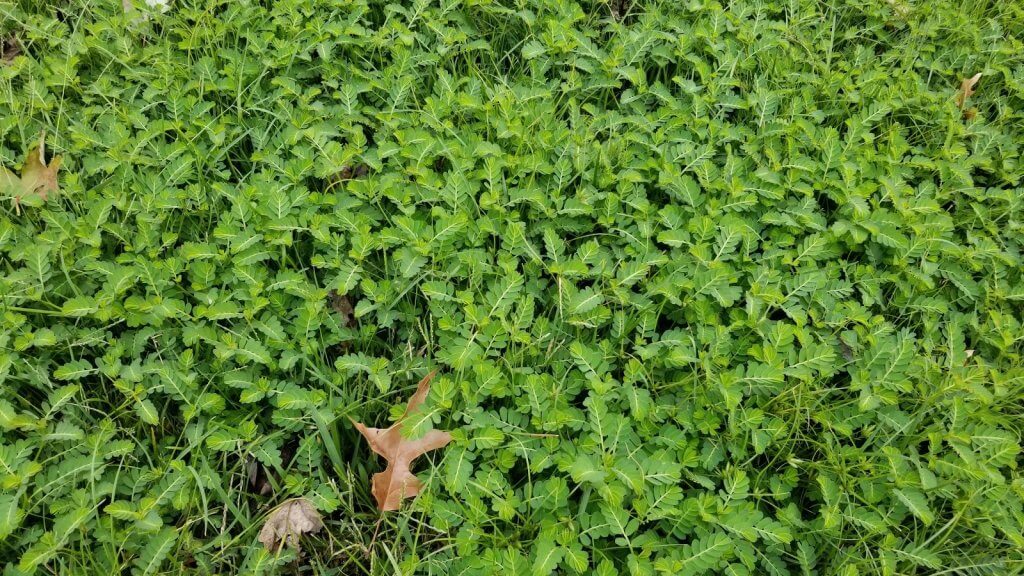
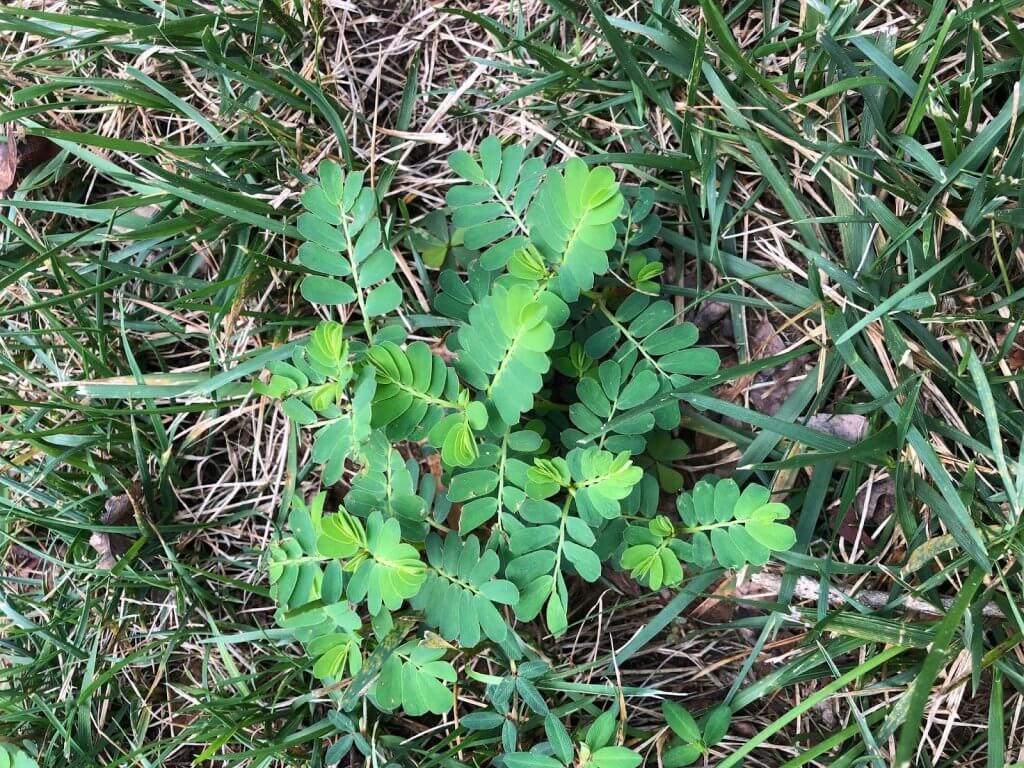
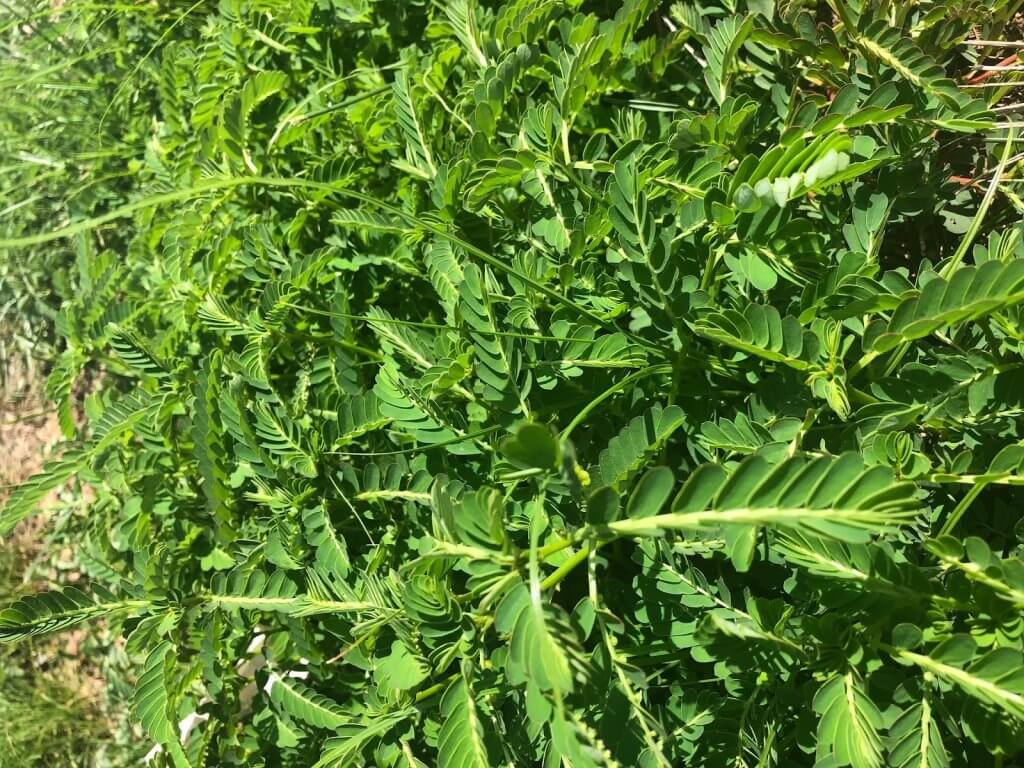
This mimosa tree-looking broadleaf weed is a prolific seeder, and its seed pods move around NC from straw and other means. It typically germinates in mid- to late-summer and usually appears around pine straw and bird feeders first. It will grow straight up like a tree until mowed.
This is a difficult broadleaf weed to control with the available broadleaf weed control products. We identify our customers that have this broadleaf weed and try to make multiple weed control applications to gain some control on spreading.
Doveweed has become a troublesome summer annual weed for many home lawns in the last few years. Its seeds germinate during the late spring when soil temperatures reach 65 to 70 °F, and it spreads aggressively within the lawn by thick, above-ground, creeping stems, called stolons. Doveweed thrives in overly moist soils because of poor soil drainage or frequent rainfall and irrigation. In these wet areas, you may not realize this grass-like weed is present until large patches of turfgrass have been smothered out.
Doveweed leaves are thick, shiny and grow up to 4 inches long with parallel veins. In summer, they produce small, 3-petaled, lavender flowers that, when in bloom, become more noticeable. After flowering, seeds are produced in small, 3/16-inch diameter, green capsules. Doveweed seed can remain viable for several years on the soil before germinating.
Fairway Green utilizes a doveweed control program that offers some relief from this aggressive weed. This includes two applications of a product 30 days apart. Applications are completed in May-June and July-August. These will achieve roughly 75% control, and this may call for additional applications in the following years as the seeds continue to germinate. Earlier identification and applications can be more effective. The cost of this product warrants a more expensive application fee, which will be two times the standard application price.
Yellow nutsedge is a summer perennial that flourishes from April/May to around September/October. During this time, it’s a very prolific and difficult weed to control in many lawns and natural areas. Rather than being a broadleaf or grassy weed, it’s actually part of the sedge family. As such, post-emergent broadleaf weed controls, for weeds like clover and dandelions, will not help control it.
Yellow nutsedge will have a triangle stem that’s easily felt when you twirl it between your thumb and forefinger. It will also grow much faster than your existing turf and will have a thin, shiny appearance. It reproduces from tubers under the soil and can spread by rhizomes (underground stems). Each plant can produce hundreds of tubers during its growing season, which can become new plants in the years to come.
There are only a few products available for controlling nutsedge, and all of them require frequent applications over multiple years to offer acceptable control. Fairway Green utilizes these products as part of the third and fourth rounds of our turf management programs.

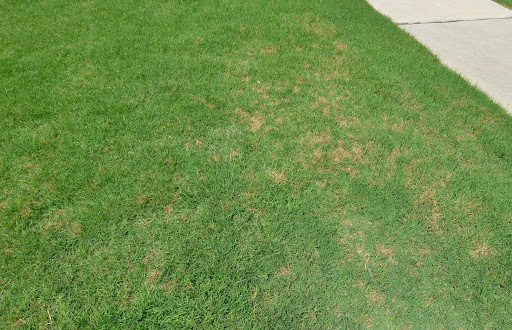
Summer is the turf disease season for cool- and warm-season grasses. Brown patch fungus on fescue started in early May, and we have seen sporadic cases of pythium and dollar spot on warm-season turfs, too. Brown patch fungus activity continues to be high on actively growing fescue especially due to the high humidity and thunderstorms. To prepare and keep your lawn healthy, explore our range of preventative and curative lawn treatments:



Heat/drought stress is often the culprit (and is often misdiagnosed as a fungus or other issue). Signs of it include:
Our newest blog can help you understand and deal with this hot-weather issue:

Besides just how annoying they are, mosquitoes transmit dangerous diseases like West Nile virus, encephalitis, chikungunya and zika. Fairway Green’s mosquito control program is tailored to your lawn’s specific needs and can consist of up to eight total applications. Each application will offer control for approximately 25 days (one-time applications are also available and are great for special outdoor events).